24 Sep Adjuvant Chemoradiotherapy Versus Radiotherapy Alone in Women with High-Risk Endometrial Cancer (Portec-3): Patterns of Recurrence and Post-Hoc Survival Analysis of a Randomised Phase 3 Trial
Recently published on PubMed, September 2019: Adjuvant Chemoradiotherapy Versus Radiotherapy Alone in Women with High-Risk Endometrial Cancer (Portec-3): Patterns of Recurrence and Post-Hoc Survival Analysis of a Randomised Phase 3 Trial
Background
The PORTEC-3 trial investigated the benefit of combined adjuvant chemotherapy and radiotherapy versus pelvic radiotherapy alone for women with high-risk endometrial cancer. We updated the analysis to investigate patterns of recurrence and did a post-hoc survival analysis.
Methods
In the multicentre randomised phase 3 PORTEC-3 trial, women with high-risk endometrial cancer were eligible if they had International Federation of Gynaecology and Obstetrics (FIGO) 2009 stage I, endometrioid grade 3 cancer with deep myometrial invasion or lymphovascular space invasion, or both; stage II or III disease; or stage I-III disease with serous or clear cell histology; were aged 18 years and older; and had a WHO performance status of 0-2. Participants were randomly assigned (1:1) to receive radiotherapy alone (48·6 Gy in 1·8 Gy fractions given on 5 days per week) or chemoradiotherapy (two cycles of cisplatin 50 mg/m2 given intravenously during radiotherapy, followed by four cycles of carboplatin AUC5 and paclitaxel 175 mg/m2 given intravenously), by use of a biased coin minimisation procedure with stratification for participating centre, lymphadenectomy, stage, and histological type. The co-primary endpoints were overall survival and failure-free survival. Secondary endpoints of vaginal, pelvic, and distant recurrence were analysed according to the first site of recurrence. Survival endpoints were analysed by intention-to-treat, and adjusted for stratification factors. Competing risk methods were used for failure-free survival and recurrence. We did a post-hoc analysis to analyse patterns of recurrence with 1 additional year of follow-up. The study was closed on Dec 20, 2013; follow-up is ongoing.
To learn more, read the full article, available on PubMed.


